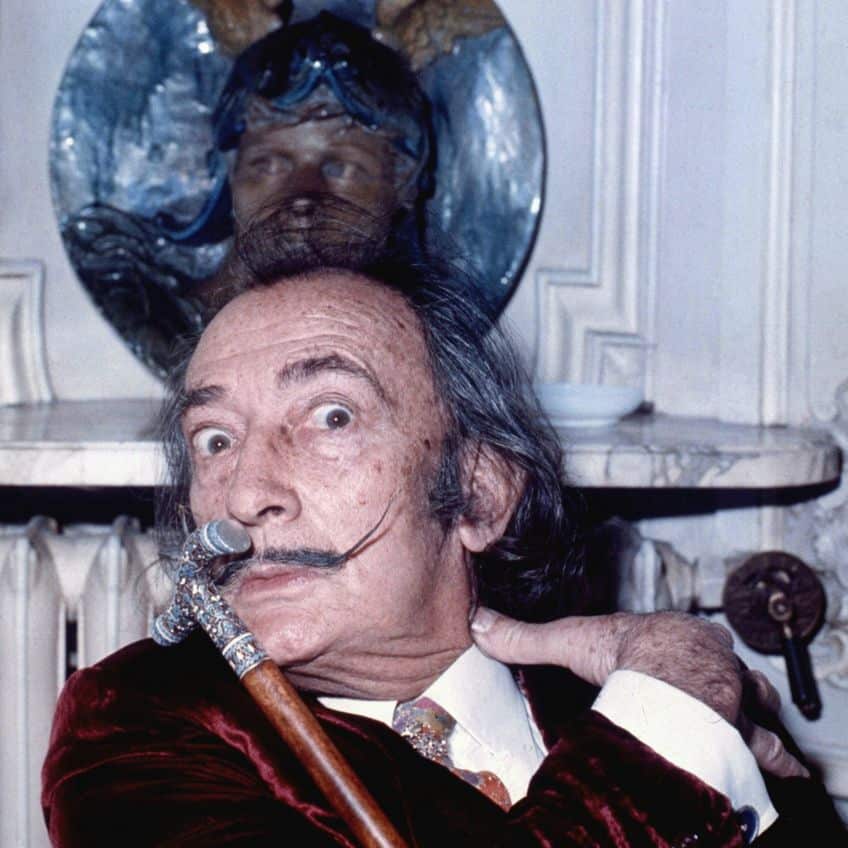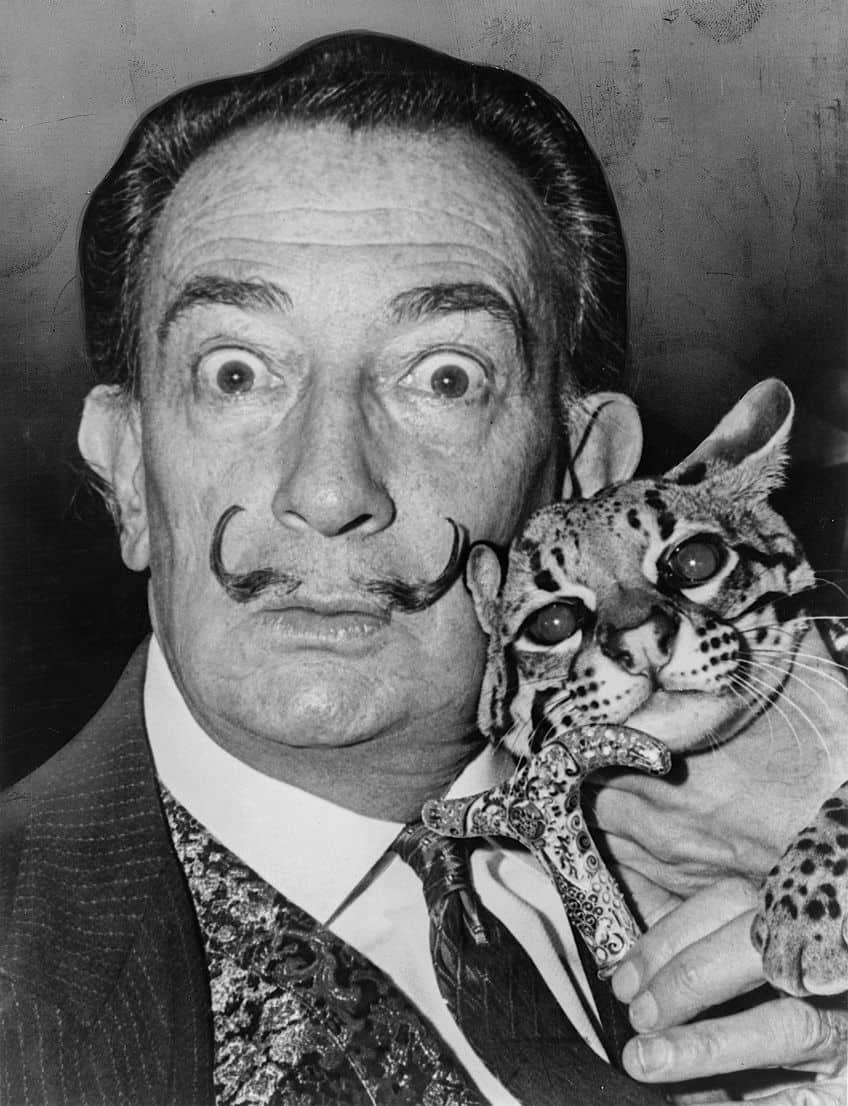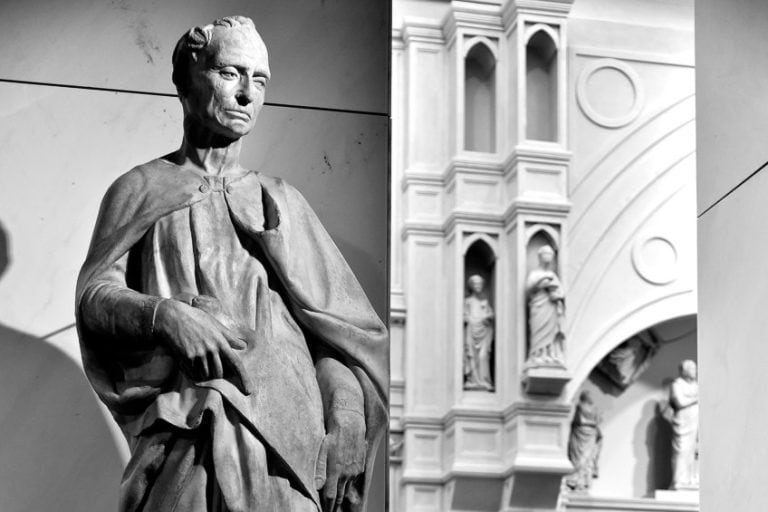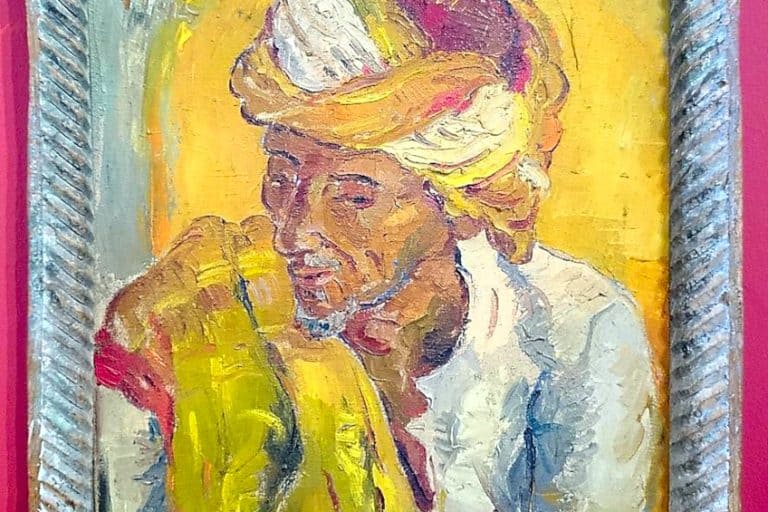Facts About Salvador Dalí – Learn More About the Surrealist
Salvador Dalí, the eccentric and visionary artist of the surrealist movement, continues to captivate audiences with his enigmatic personality and groundbreaking art. Beyond his iconic paintings like The Persistence of Memory, Dalí’s life is filled with fascinating and often bizarre facts that shed light on his creative genius and unconventional approach to art and life. From his belief in reincarnation to his collaboration with Walt Disney on an animated film, delve into the intriguing world of Salvador Dalí and discover the lesser-known aspects of this legendary artist’s legacy!
Table of Contents
- 1 Key Takeaways
- 2 The Influence of Salvador Dalí
- 3 10 Interesting Facts About Salvador Dalí
- 3.1 Dalí Believed He Was the Reincarnation of His Older Brother
- 3.2 Dalí Was Expelled from the Same Art School Twice
- 3.3 He Developed His “Paranoiac-Critical” Method in the 1930s
- 3.4 Dalí’s Work Was Inspired by Sigmund Freud
- 3.5 The Surrealists Expelled Dalí for His Obsession With Hitler
- 3.6 Dalí Collaborated With Designer Elsa Schiaparelli
- 3.7 Dalí Designed a Jeweled-Ruby Heart That Actually Beats
- 3.8 To Avoid Paying Restaurant Bills, Dalí Would Draw on the Backs of Cheques
- 3.9 The Artist’s Body Was Exhumed in 2018 for Paternity Testing
- 3.10 Dalí Collaborated on an Experimental Animated Film With Walt Disney
- 4 Frequently Asked Questions
Key Takeaways
- Salvador Dalí was a pivotal figure in Surrealism, known for his dreamlike and detailed artistic style.
- His work was deeply influenced by psychoanalytic theories, particularly those of Sigmund Freud.
- Dalí remains a subject of fascination due to his vivid imagination and the mysteries encoded in his artworks.
The Influence of Salvador Dalí
Salvador Dalí’s contributions to the Surrealist movement have garnered him a formidable reputation as one of the most significant and eccentric artists of the 20th century. His wide-ranging artistic endeavors spanned painting, sculpture, film, and photography, contributing to his status as a multifaceted icon of modern art. His impact extends beyond the domain of Surrealist art; he is a definitive icon whose approaches have imbued numerous facets of modern art. His work reflects a combination of classical techniques and bizarre dreamscapes, illustrating a unique fusion that has inspired generations.

His connections to figures like Sigmund Freud and renowned artists of his time positioned him in circles where his idiosyncratic personality stood out. Dalí was deeply influenced by Freud’s theories on the unconscious and utilized dream interpretation as a foundation for his eerily meticulous compositions. His personal philosophy that involved delving into the subconscious to inform his art resulted in powerful, thought-provoking imagery that has intrigued admirers for decades.
- Surrealism: Dalí is acclaimed for his pioneering role in the Surrealist movement. His paintings, marked by melting clocks and distorted forms, offer a window into the subconscious; this has changed the way artists approach the thematic representation of dreams and inner realities.
- Freudian theories: Heavily influenced by Sigmund Freud, Dalí harnessed psychoanalytic concepts to explore themes of sexuality and repression. Such explorations added layers of depth to the Surrealist discourse, expanding the range of subjects art could address.
- Cultural icon: The artist’s flamboyant persona and distinctive mustache made him a cultural symbol, encapsulating Surrealism not only in art but in lifestyle. His figure continues to resonate in popular culture, fashion, and media.
Through these contributions, Salvador Dalí has left a legacy that defies the constraints of his time, indelibly etching his theories and visuals into the fabric of art history.
10 Interesting Facts About Salvador Dalí
In this section, we delve into 10 fascinating facts about the legendary artist Salvador Dalí, whose eccentricities and creative genius continue to intrigue art enthusiasts worldwide. From his belief in reincarnation and turbulent academic journey to his innovative artistic methods and controversial collaborations, Dalí’s life is filled with intriguing anecdotes that shed light on his unique personality and groundbreaking contributions to the world of art. Join us on a journey through the intriguing world of Salvador Dalí and discover the lesser-known aspects of this iconic surrealist painter’s life and work.

Dalí Believed He Was the Reincarnation of His Older Brother
Salvador Dalí’s belief in reincarnation, particularly as the reincarnation of his older brother who died before Dalí’s birth, was a central theme in his life and art. This belief shaped his sense of identity and fueled his creativity.
He often portrayed himself as a reincarnated figure in his paintings, blurring the lines between reality and fantasy.
Dalí Was Expelled from the Same Art School Twice
Dalí’s expulsion from the Academy of Fine Arts of San Fernando in Madrid, not once but twice, reflects his rebellious nature and nonconformist attitude towards traditional academic institutions. His clashes with authority figures and provocative statements contributed to his tumultuous relationship with formal education.

He Developed His “Paranoiac-Critical” Method in the 1930s
In the 1930s, Dalí introduced his “Paranoiac-Critical” method, a groundbreaking technique that allowed him to explore the depths of the subconscious mind. By tapping into paranoia and delusion, Dalí created artworks that challenged viewers’ perceptions.
He invited them to delve into the mysteries of the human psyche.
Dalí’s Work Was Inspired by Sigmund Freud
Sigmund Freud’s psychoanalytic theories profoundly influenced Dalí’s artistic vision. He was particularly fascinated by Freud’s concepts of dreams, desires, and the unconscious, which became recurring themes in Dalí’s surrealistic paintings. His iconic melting clocks and dreamlike landscapes are symbolic of his fascination with Freudian psychology.

The Surrealists Expelled Dalí for His Obsession With Hitler
The Surrealists’ decision to expel Dalí from their group stemmed from his controversial admiration for Adolf Hitler and his political views. This expulsion marked a significant rift between Dalí and the Surrealist movement, as they viewed his fascination with Hitler as contradictory to their anti-fascist principles.
The spirit of surrealism as a liberating force against societal norms.
Dalí Collaborated With Designer Elsa Schiaparelli
Salvador Dalí’s collaboration with designer Elsa Schiaparelli resulted in iconic fashion pieces that combined Dalí’s surrealistic vision with Schiaparelli’s innovative designs. Their partnership produced memorable creations such as the “Lobster Dress,” featuring a lobster motif designed by Dalí, which became a symbol of avant-garde fashion in the 1930s.

Dalí Designed a Jeweled-Ruby Heart That Actually Beats
One of Dalí’s notable creations is a jeweled-ruby heart that actually beats, showcasing his fascination with combining art and technology. This was achieved by a mechanism that caused the jewel to move as if it was beating. This intricate and surreal piece captures Dalí’s interest in exploring the boundaries between life and art.
It also reveals his penchant for creating visually striking and thought-provoking objects.
To Avoid Paying Restaurant Bills, Dalí Would Draw on the Backs of Cheques
To dissuade restaurants from cashing his cheques, Dalí would draw on their backs, knowing they’d prefer to keep the artwork. Dalí’s quirky behavior extended to his dining experiences, as he famously drew on the backs of checks to avoid paying restaurant bills. To was to dissuade restaurants from cashing his cheques, as Dalí knew they’d prefer to keep the artwork. This unconventional approach to settling debts reflects Dalí’s playful and irreverent attitude towards societal norms and financial matters.

The Artist’s Body Was Exhumed in 2018 for Paternity Testing
In 2018, Salvador Dalí’s body was exhumed for paternity testing to resolve a long-standing legal dispute regarding the paternity of Pilar Abel, a woman who claimed to be Dalí’s daughter. The exhumation process involved careful examination and DNA testing, highlighting the ongoing intrigue surrounding Dalí’s personal life and legacy.
The results of the test confirmed that he was not the father of the claimant.
Dalí Collaborated on an Experimental Animated Film With Walt Disney
In collaboration with Walt Disney, Dalí worked on an experimental animated film titled “Destino.” Although the project was initially abandoned, it was later completed and released in 2003, showcasing the fusion of Dalí’s surreal imagery with Disney’s animation techniques, creating a unique and dreamlike cinematic experience.

Salvador Dalí’s life and work are a testament to the boundless imagination and daring creativity that define the world of art. Through his belief in reincarnation, unconventional collaborations, and whimsical escapades like doodling on restaurant checks, Dalí left a lasting impact on the art world and popular culture. His ability to merge surrealism with symbolism and psychology created a unique artistic language that continues to inspire artists and intrigue audiences worldwide. As we explore the fascinating facts about Salvador Dalí, we gain a deeper appreciation for the artist’s singular vision and his enduring legacy as a true master of the surreal.
Frequently Asked Questions
How Has Salvador Dalí’s Work Impacted Modern Art?
Salvador Dalí’s work significantly impacted modern art by embodying the Surrealist desire to explore the unconscious mind through bizarre dreamscapes and abstract compositions. His iconic melting clocks in The Persistence of Memory remain a reference point for the juxtaposition of the absurd and the realistic, influencing not just visual art but also cinema and popular culture.
What Distinguishes Salvador Dalí’s Art Style from Other Surrealists?
Salvador Dalí’s art is distinguished by his use of the paranoiac-critical method, a technique he developed to access subconscious imagination through systematic irrational thought and a self-induced paranoid state. This resulted in highly detailed, realistic imagery combined with dreamlike and fantastical elements that were distinct from the more abstract forms of other Surrealists.
What Personal Experiences Influenced Salvador Dalí’s Artwork?
Personal experiences heavily influenced Salvador Dalí’s artwork, notably his fascination with his own identity, which he linked to the death of his older brother, also named Salvador, whom he believed he was a reincarnation of. His Catalan upbringing, academic experiences—including expulsion from art school—and associations with Freudian psychoanalysis also shaped his themes and symbols, such as the depiction of decaying figures and desolate landscapes.
Isabella studied at the University of Cape Town in South Africa and graduated with a Bachelor of Arts majoring in English Literature & Language and Psychology. Throughout her undergraduate years, she took Art History as an additional subject and absolutely loved it. Building on from her art history knowledge that began in high school, art has always been a particular area of fascination for her. From learning about artworks previously unknown to her, or sharpening her existing understanding of specific works, the ability to continue learning within this interesting sphere excites her greatly.
Her focal points of interest in art history encompass profiling specific artists and art movements, as it is these areas where she is able to really dig deep into the rich narrative of the art world. Additionally, she particularly enjoys exploring the different artistic styles of the 20th century, as well as the important impact that female artists have had on the development of art history.
Learn more about Isabella Meyer and the Art in Context Team.
Cite this Article
Isabella, Meyer, “Facts About Salvador Dalí – Learn More About the Surrealist.” Art in Context. March 25, 2024. URL: https://artincontext.org/facts-about-salvador-dali/
Meyer, I. (2024, 25 March). Facts About Salvador Dalí – Learn More About the Surrealist. Art in Context. https://artincontext.org/facts-about-salvador-dali/
Meyer, Isabella. “Facts About Salvador Dalí – Learn More About the Surrealist.” Art in Context, March 25, 2024. https://artincontext.org/facts-about-salvador-dali/.











